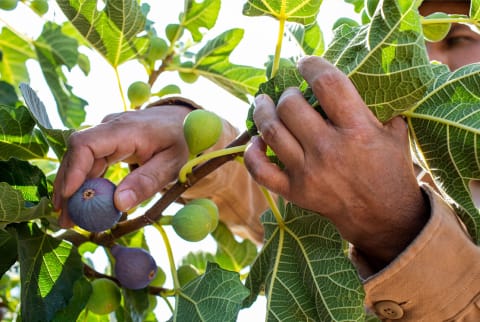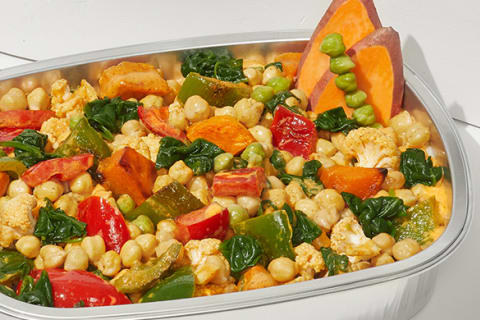So how many FNV should we really be eating? A recent study indicates that five servings a day seems to be the sweet spot, and the more diverse the fruits and veggies on your plate, the better. That quota can be easy to reach with delicious and nutritious food from Daily Harvest—like their sustainably sourced Smoothies, Flatbreads, or brand-new Harvest Bakes. Eating plenty of FNV is #1 when it comes to nutrition, but there’s also another factor to consider here: where they come from. Knowing the origins of our produce is one of the best ways we can take our health into our own hands. Fruits and vegetables that come from an organic farm, on the other hand, are grown using practices that are fairer to the farmers, our bodies, and the planet. Organic farming uses processes that keep nature in mind, like composting and natural fertilizers to improve the health of the soil and biodiversity of the ecosystem. If it sounds promising—it is. But it gets better. There’s a growing focus on rehabilitation and conservation in agriculture. Practices that improve the health of the soil and increase biodiversity are actually helping to reverse climate change by restoring the soil and our planet’s natural biodiversity. Devon’s first book, Earth Women, is coming soon. To learn more, join the mailing list, and receive updates, head to www.devonbarrowwriting.com.






